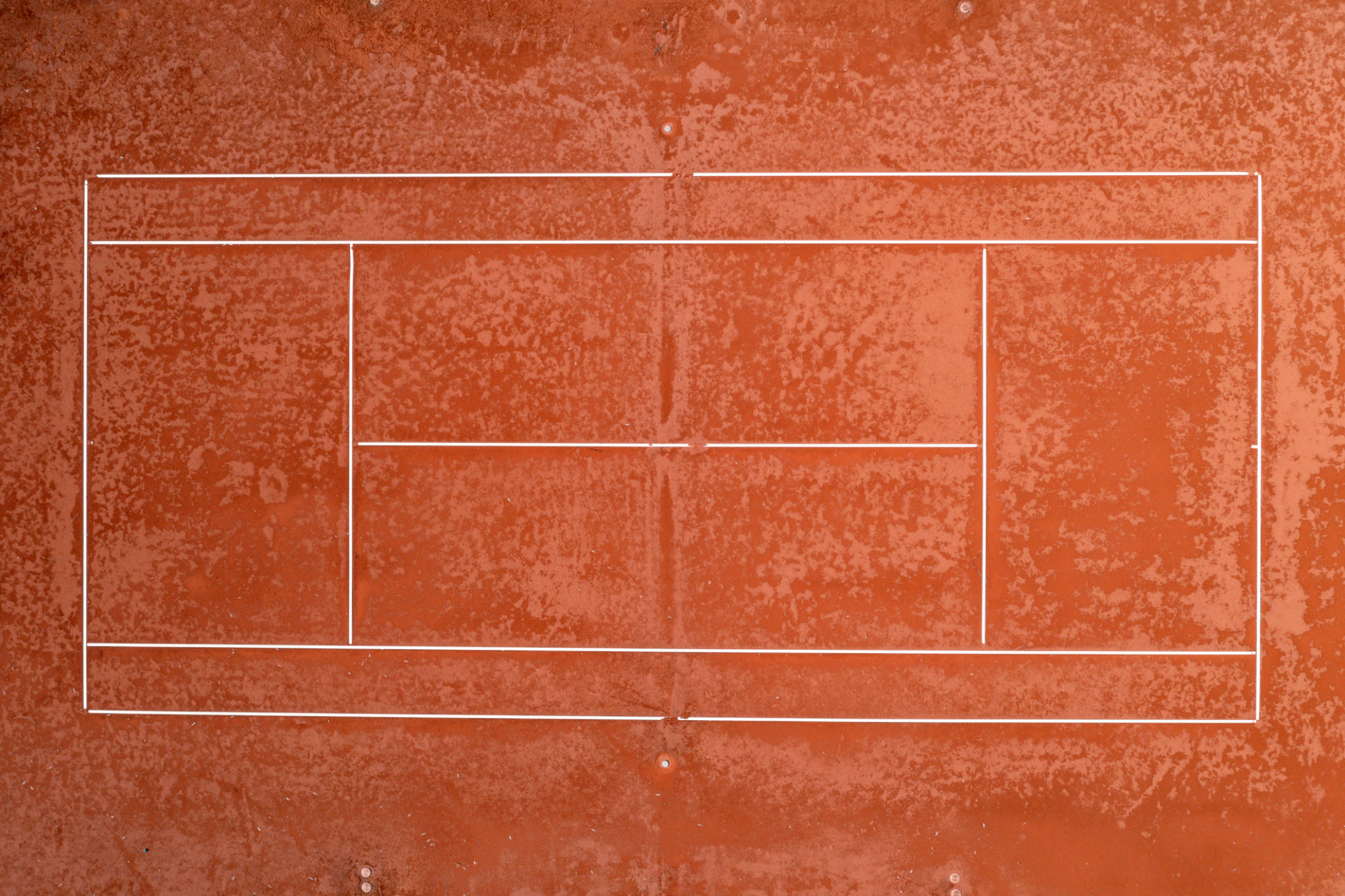The Ultimate Guide to Tennis and Pickleball Court Surfacing: What You Need to Know
Introduction to Court Surfacing
Whether you're a seasoned athlete or a recreational player, the quality of the court surface can significantly impact your game. Tennis and pickleball courts come in various materials, each offering unique benefits and challenges. This guide will help you understand the different surfacing options available and how to choose the best one for your needs.
Both tennis and pickleball require surfaces that are durable, safe, and provide the right amount of traction and cushioning. With the growing popularity of both sports, selecting the right surface is crucial for both performance and maintenance perspectives.

Common Materials Used in Court Surfacing
Hard Courts
Hard courts are one of the most popular choices due to their durability and low maintenance. Made from asphalt or concrete, they are often coated with acrylic to enhance their resilience and provide a smoother playing surface. Hard courts are ideal for all-weather play, making them a favorite for public facilities.
Clay Courts
Clay courts are known for their slower ball speed and high bounce, which can extend rallies and provide a different style of play. Constructed from crushed stone, brick, or shale, these courts require more maintenance but offer excellent shock absorption. They can be a great choice for those looking to reduce impact on joints.

Alternative Surfaces for Pickleball
Artificial Grass
Artificial grass surfaces mimic the feel of natural grass but require less upkeep. They offer a softer playing experience, which is beneficial for players looking to minimize joint stress. These surfaces also provide aesthetic appeal and can be used in environments where natural grass is hard to maintain.
Modular Tiles
Modular tiles are becoming increasingly popular due to their ease of installation and ability to quickly transform existing surfaces. They offer excellent traction and can be customized in color and design. This option is particularly appealing for facilities that host multiple sports.

Factors to Consider When Choosing a Surface
When selecting a court surface, consider factors such as climate, frequency of use, and budget. Climate can affect material durability; for instance, clay may not be suitable for regions with heavy rainfall. Frequency of use will also dictate the durability needs of the surface, while budget constraints might limit options.
Another important consideration is player skill level. Beginners might benefit from surfaces that offer more cushioning, whereas advanced players might prefer the speed of hard courts. Safety should always be a priority, so ensure the surface provides adequate traction to prevent slips and falls.
Maintenance Tips for Court Longevity
Regular maintenance is essential for preserving the quality of your court surface. This includes routine cleaning, checking for cracks or damage, and ensuring proper drainage to prevent water accumulation. For clay courts, regular rolling and brushing are necessary to maintain an even surface.
For hard courts, periodic resurfacing may be required every 4-8 years depending on usage levels. Modular tiles need to be inspected for any dislodged sections, while artificial grass may require infill top-ups to maintain its integrity and appearance.

Conclusion: Making the Right Choice
Selecting the right tennis or pickleball court surface involves weighing various factors such as material properties, maintenance requirements, and cost. By understanding the options available and aligning them with your specific needs, you can ensure a high-quality playing experience that enhances performance while minimizing injuries.
Whether you’re building a new court or resurfacing an existing one, consider consulting with a professional to guide you through the process. With the right surface choice, you'll enjoy many years of successful matches on your well-maintained court.